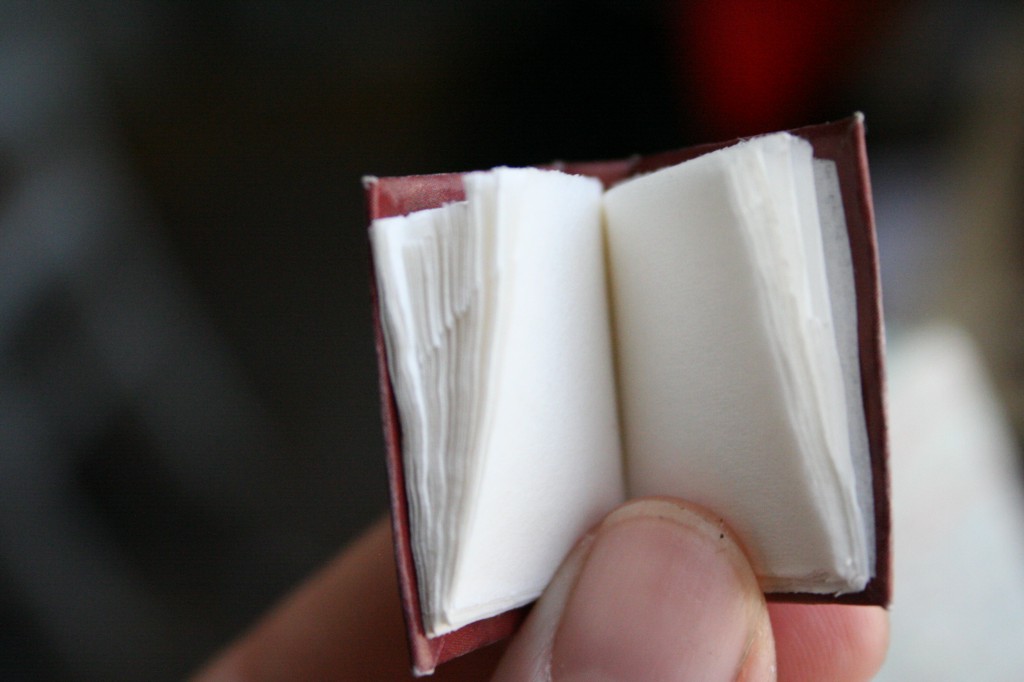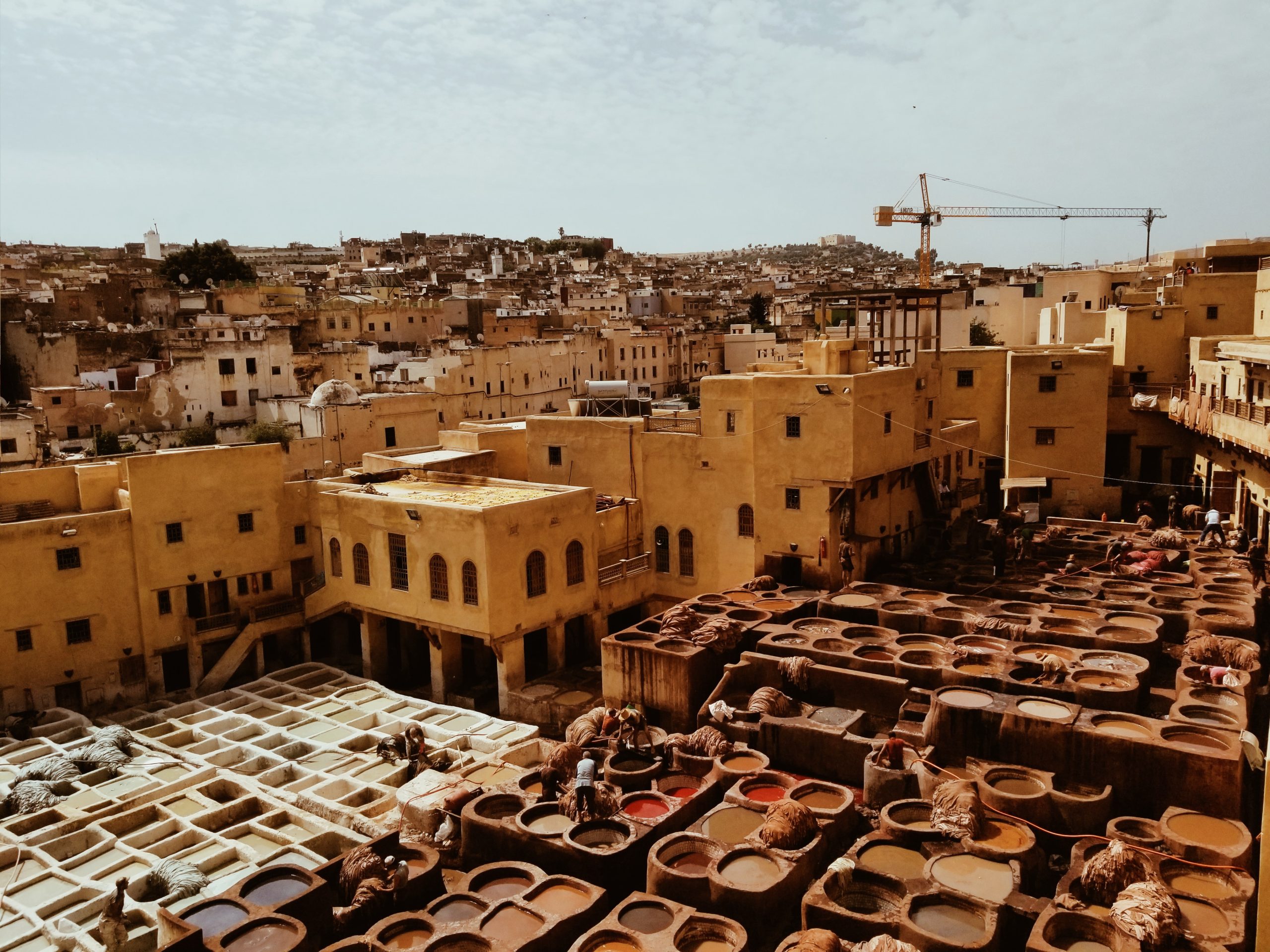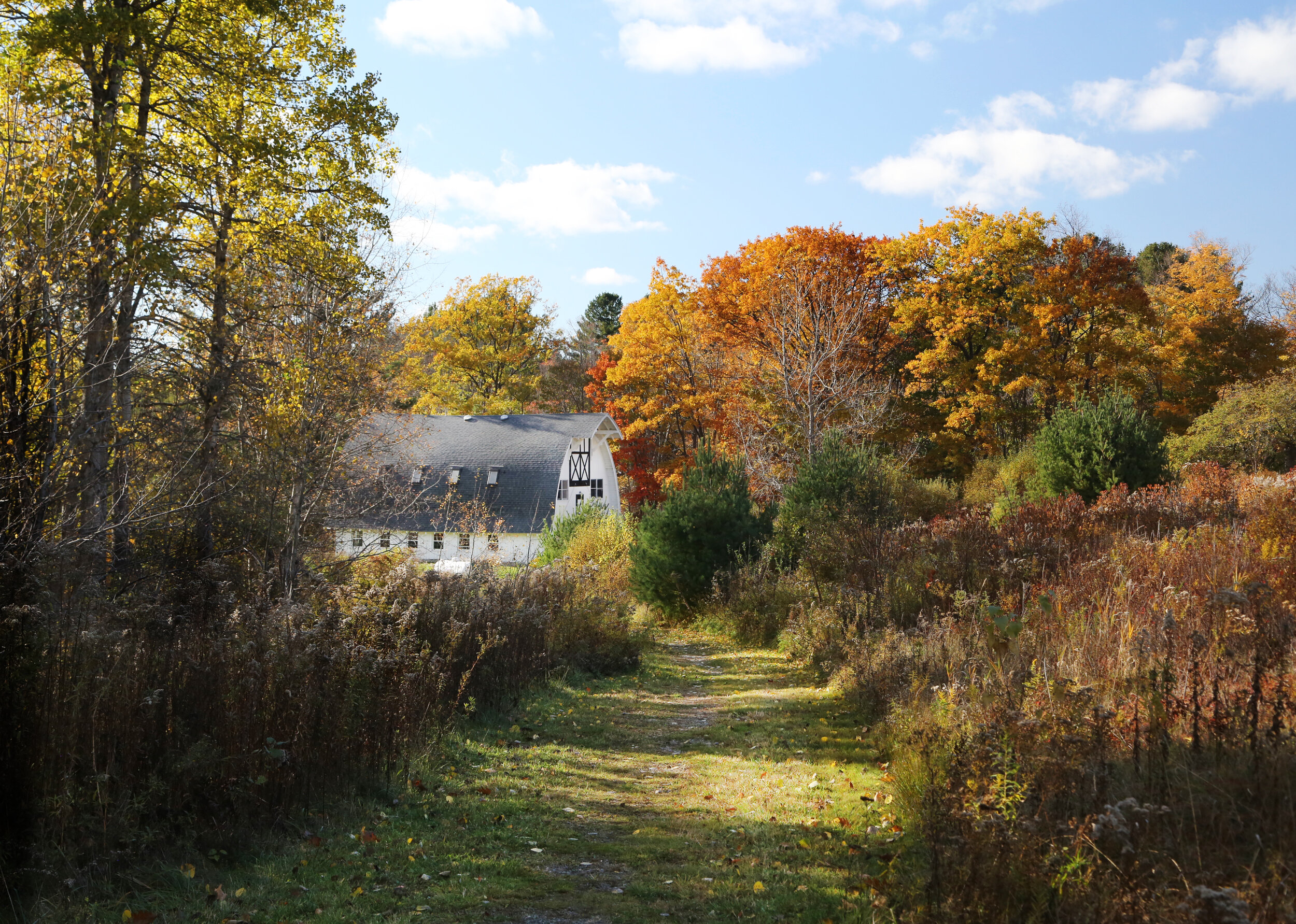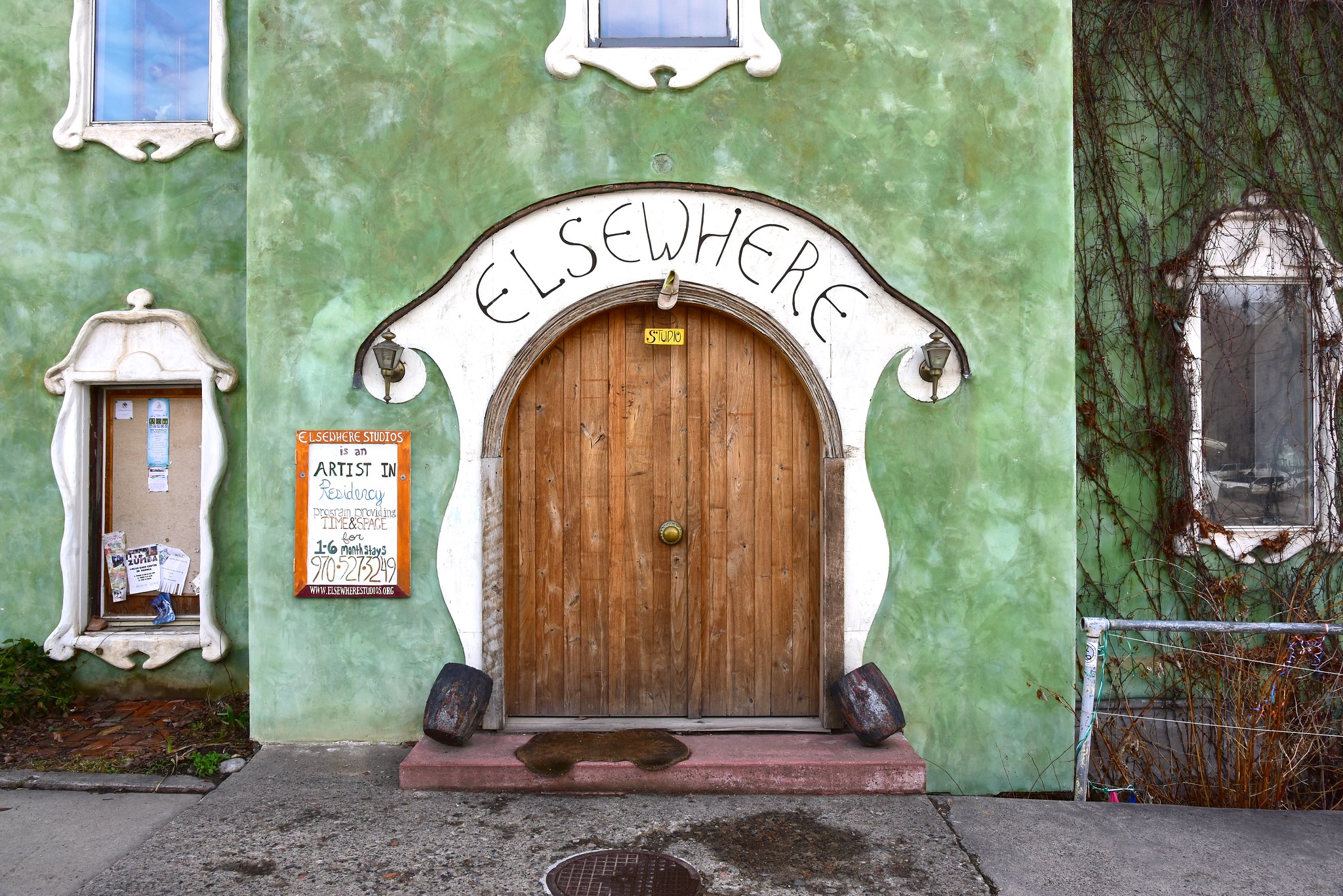Reading Lists
7 Books About Different Writing Lives
Whether in search of a single room or displaced in their native country, authors continue to ask what a writing life looks like

Jenny Boully’s Betwixt-and-Between: Essays on the Writing Life begins with a preface about J.M. Barrie’s Peter Pan, who is described as “betwixt and between.” She likens Peter’s liminality to her own experience as a writer and the duality of writing about life and writing as a way of living. Her collection is a testament to this between-ness: it’s not quite a guide to writing, but it’s not wholly memoiric.
Betwixt-and-Between, out April 3rd from Coffee House Press, is an assemblage of essays written at various points during Boully’s life, and it shows. The collection is unique because it’s not an author’s remembrance of “a writing life.” Rather, every piece was written when the author was present in each stage of that life, and so the book encompasses a life as it was being lived. She compares writing to witchcraft, to violent weather, to a sacred place, to kissing. She likens love to moveable type and rough drafts. She’s fascinated by interiority — hidden lives, imagined experiences. These stories cover everything from opera to Roland Barthes to outer space to gardening.
Boully plays with the very premise of the book; essays have titles such as, “How to Write on Grand Themes,” and “The Art of Fiction” but do not, on the surface, contain any advice on how to write grand themes or fiction. When she does weave in advice, it is done seamlessly, so subtle you might miss it; and yet she delivered what is perhaps the most startling piece of writing advice I’ve read: “I need to begin treating my thoughts, observations, and inclinations…as if they too are dying and will not be remembered again, will never present themselves with the opportunity to be written down. In order to be a better writer and better reader, I need to believe in my own death and the death of others.”
Boully’s collection reminds us that there is a story not just on the pages we produce, but for every phase of our writing life, and for every genre, voice and style we pursue. Craft guides don’t teach us all we will go through as writers. We find advice, guidance and support in a wide range of spaces, and rarely do they include the phrase “How To”. Below are seven more books that, like Betwixt-and-Between, blur the divide between stories of a writing life and essays on the craft.

Bird by Bird: Some Instructions on Writing and Life by Anne Lamott
Bird by Bird is the creative writing craft guide you’re assigned in your first college workshop, and wakes you up to what it feels like to call yourself a writer. Much like Boully’s collection, Bird by Bird didn’t just change the way I approached writing, it changed the way I thought about being a writer. It’s a more straightforward book-about-writing than Boully’s is, but the frank, confessional tone taught me that, as a writer, when you ask for instructions on writing, you’re also asking for instructions on life.

In Other Words by Jhumpa Lahiri
As an adult, Jhumpa Lahiri moved to Italy and dedicated her time to speaking and writing in Italian. In 2015 she announced that she would now only write in Italian. In Other Words is a fascinating rumination on what it’s like to not just learn another language, but to commit yourself to it fully.

A Room of One’s Own by Virginia Woolf
A Room of One’s Own is, nearly 80 years later, just as revelatory as it was in 1929. Taken from Woolf’s lectures, it’s an extended essay about fighting to become a woman writer in an industry (still) dominated by men. It remains startling for its frank demands: that women have been robbed of space to write and that we need financial support to dedicate our lives to the craft.

Walking on Water: Reflections on Faith and Art by Madeleine L’Engle
Madeleine L’Engle’s place as a Christian writer is fraught — she believed strongly in the concept of universal salvation, which earned her rebuke from Christian bookstores and libraries, yet at the time of publication, many critics found her books too religious. In Walking On Water, L’Engle probes what it means to be a writer who is also a Christian, while eschewing many of the traits people associate with Christian writers. It’s a book written from a particular and religious place, but as welcoming and universal as her fiction.

The Hidden Writer: Diaries and the Creative Life by Alexandra Johnson
Diaries are often a gendered medium, and the divide between public and private writing is still troublesome for women writers. In The Hidden Writer, Alexandra Johnson gathers the innermost thoughts of prominent writers, such as Anais Nin and Katherine Mansfield, together in one collection to examine to role of journal-keeping in the life of a writer.

Create Dangerously: The Immigrant Artist at Work by Edwidge Danticat
A hybrid collection of memoir and essay, Create Dangerously focuses on the power of immigrant art, and its ability to heal, or at least confront, feelings of isolation, disconnection, and ostracization with which people contend after being driven from their homelands. It’s a testament to writing’s ability to bear witness.

Nobody Knows My Name: More Notes of a Native Son by James Baldwin
Nobody Knows My Name is a firebrand. James Baldwin takes on Richard Wright, Norman Mailer, and William Faulkner. It’s a brilliant collection of essays in which he parses what it means to be a Black writer in America, and what kind of black writing white America will allow.










